The Augustów Canal - therapy of nature.
November 20, Anno Domini 1823.
It's been five months since I got on a stagecoach and arrived in this land full of forests and lakes. I received a task that seemed impossible to accomplish. His Majesty – Grand Duke Constantine Pavlovich wish was to build a waterway bypass connecting the Vistula river with the Baltic Sea. This idea was born in the head of the Minister of the Treasury Francis Xavier Drucki-Lubecki and was approved by Tsar Alexander at a time when Prussians imposed high duties on goods floated by the Vistula river to Gdańsk (Dancig). The Tsar ordered his brother - the Grand Duke to build the channel. The Duke in turn delegated preliminary works to my supervisor - general Maurice Hauke. My commander made me the honour and appointed me to do this task. I didn't feel up to the duty. In my thoughts it exceeded my capabilities. I did not have adequate knowledge in the field of hydrology and hydrography. Hearing my doubts, general Hauke said to me in these words: "I cannot tell the Prince in any way that I have no officer in Polish artillery, engineering and quartermaster corps, that could do the design of a channel. If you don't want to do it yourself, tell me but under the responsibility of your conscience, who will do it better than you?" What should I do, I fought in Berezina, I fought in Leipzig, it would be dishonest to give up before seeing the battlefield. I went to Augustów, taking with me a chest of books, from which I was learning the art of establishing waterways and realignment of rivers. Wild nature greeted me. It was wild because there were no maps of numerous reservoirs. I just had to draw them. Over the following months, I broke through forests, swamps and mud on a horseback or in a boat taking measurements. I used the work of Prussian scholars who winded through the backwoods 23 years ago but they had explored only the areas where our future canal would begin. I could not count on support because there were no engineers specializing in water engineering in our army. We knew only how to build fortresses. However, good luck sent me to help a talented young man - captain George Rakus. It worked. After a month, the headquarters in Warsaw received my preliminary draft of the canal. I'm going back to Warsaw now. I delegated all my duties to him. He faces an extremely difficult task. He must take measurements of the lakes, and the weather is getting worse every day. However, the headquarters is impatient and rushes us, according to the will of the Grand Duke who is already demanding reports.
This record from the diary of general Prądzyński (then lieutenant colonel) is my fictional invention, however is based on historical facts. It illustrates the beginnings of creating one of the most beautiful waterways in Poland.
At the beginning, a few words about the person that was given the Augustów Canal construction project over.
Ignatius Pantaleon Prądzyński (1772 - 1850)

- he began his military career during the Napoleonic Wars in the army of the Duchy of Warsaw [1]. Decorated with the Gold Cross of Virtuti Militari (the highest Polish military award) and the Legion of Honour (the highest French military award), after the fall of Napoleon he served with the colours army of the Congress Kingdom of Poland [2] in the general quarterage, and then as a teacher of tactics and fortifications. He had already gained engineering experience as an 18-year-old, when he managed the construction of one of the wings of the fortress in Modlin (a Polish town not far from Warsaw). In 1823 he was given a task, which seemingly exceeded his capabilities. He fulfilled it professionally. Prądzyński prepared in 5 months topographic measurements of the areas where the Augustów Canal should be built, which were then wild backwoods often difficult to cross (swamps). This seems unbelievable, given that surveyors in the 1970s needed 2 years to explore the 30 km of the Augustów Canal. The design of the canal made by Prądzyński was ready in spring 1824. The decision to start building process was made on May 24, 1824. Prądzyński became the head of the works. In a letter to his mother he wrote:
"Dear Mum! I'm located in Augustów, God knows for how long. The Tsar ordered that work on the canal should start this year. For this year I was given 500,000 Polish zlotys, 2 million were assigned for the next one (...) However, despite of all the work, I will try to pay my respects to you this winter, either in Malczew or in Kalisz. The canal work may take 8 or even 10 years."
Meanwhile, the first locking through the newly built the Augustów Lock has already took place at the end of September 1827, 3 years and 3 months after writing this letter.
In the years 1826-1829, Ignatius Prądzyński was imprisoned for belonging to secret patriotic organizations. However, work on the construction of the canal was not interrupted. It was suspended only for the period of the November Uprising [3] (1830-1831). Prądzyński actively took part in the Uprising, initially as a sub-commander of the Zamość Fortress, then as the quartermaster of the Uprising’s General Staff, commander of the corps of engineers, and finally from 16th till 19th of August 1831 as the commander-in-chief.
The life of the general Prądzyński so strongly connected with water ended in water. He drowned while bathing in the sea near the island of Helgoland (today territory of Germany).
To even the differences in the canal water levels, 35 km of the Netta and Czarna Hańcza rivers were regulated, over 40 km of dykes were made and 18 locks and 23 sluices regulating water flow were built. The construction investment was planned very carefully. Effective logistics was also taken care of. At the first stage of construction of the canal, embankments and roads were created to speed up the transport of raw materials. Brickworks were built on two sections of the canal (in Augustów and Hańcza). Iron was supplied by the smelter in Krasnybór. The engineers even developed an innovative technology for the production of man-made waterproof lime, which ensured the extraordinary stability and strength of brick-built elements. 6,000–7,000 workers were engaged in the construction of the canal including local serfs, who were freed after that. In their honour this part of the canal and the lock are called the Liberty Lock (Polish name: Śluza Swoboda). The construction of the canal was completed in 1838 and shipping was opened in 1839. From the time it was first built, the Agustów Canal was described by experts as a technological marvel. After the November Uprising, the Russians withdrew from financing this initiative, so the funds for this purpose were provided by the Bank of Poland.
The channel didn’t act the key role in shipping. Less than a year after the start of its construction, the Prussians withdrew from high tariffs and transport returned to their shipping lanes. The Russians also stopped building the Widawa Canal connecting the Niemen River with the port of Widawa. However, the Poles continued to build the canal. It was used mainly to float wood. During both world wars the Augustów Canal was destroyed. After the Second World War, it was restored and today serves mainly as a tourist and sightseeing attraction. Its listing is maintained by the National Heritage Board of Poland and has been proposed by Poland and Belarus for inscription onto the World Heritage List of UNESCO.

The green highway - a part of the canal between the Swoboda and Gorczyca locks; photo by Paulina Jarkiewicz
The total length of the canal is about 101 km connecting the Biebrza River with the Niemen River. On the Polish side is located 80% of the canal’s leght.
A detailed description of individual sections of the Augustów Canal:
|
Kilometer |
Description |
Coordinates |
|
0.0 |
Start at the Biebrza River (84.2 km from the river source) |
|
|
0.35–10.95 |
Canalized Netta River |
|
|
0.35 |
Dębowo Lock and weir |
|
|
10.95–32.50 |
Lateral canal parallel to the Netta River |
|
|
13.20 |
Sosnowo Lock. Weir to discharge excess water from the Sosnowo-Borki segment to the Netta River |
|
|
19.25 |
Borki Lock |
|
|
19.35 |
Weir to discharge excess water from the Borki-Białobrzegi segment to the Netta River |
|
|
24.80 |
Weir to discharge excess water from the Borki-Białobrzegi segment to the Netta River |
|
|
26.60 |
The canal passes through the village of Białobrzegi, Weir to discharge excess water from the Borki-Białobrzegi segment to the Netta River |
|
|
27.10 |
Białobrzegi Lock |
|
|
27.60 |
Weir to discharge excess water from the Białobrzegi-Augustów segment to Lake Sajno |
|
|
32.50–43.50 |
The canal crosses Lake Necko (1,7 km) and Lake Białe (6,7 km) |
|
|
43.50 |
Przewięź Lock |
|
|
43.50–47.50 |
The canal crosses Lake Studzieniczne |
|
|
47.40 |
Swoboda Lock |
|
|
47.40–57.00 |
Summit level canal with portions traversing Lake Swoboda and Lake Gorczyckie |
|
|
53.00 |
Connection to Lake Serwy |
|
|
57.00 |
Gorczyca Lock |
|
|
57.00–60.90 |
artificial canal and traversal of Lake Orle and Lake Paniewo |
|
|
60.90 |
Paniewo Lock |
|
|
63.00 |
Perkuć Lock |
|
|
63.00–69.10 |
a short artificial canal and traversal of Lake Mikaszewo, near the village of Mikaszówka |
|
|
69.10 |
Mikaszówka Lock and Weir |
|
|
70.30 |
Sosnówek Lock and Weir |
|
|
70.50–94.60 |
Canalized Czarna Hańcza River |
|
|
74.40 |
Tartak Lock and Weir |
|
|
77.40 |
Kudrynki Lock and Weir |
|
|
80.00–83.40 |
The Poland-Belarus border runs along the axis of the canal for 3.4 kilometres (2.1 mi) |
|
|
81.75 |
Kurzyniec Lock and Weir. Site of the former village of Kurzyniec. |
|
|
83.40 |
Wołkuszek Weir |
|
|
83.40–101.20 |
Segment of the canal in Belarus |
|
|
85.00 |
Wołkuszek Lock |
|
|
91.50 |
Dąbrówka Lock and Weir |
|
|
94.60 |
The Czarna Hańcza River flows in a natural channel to the Neman River |
|
|
94.60–101.20 |
Lateral canal parallel to the Czarna Hańcza River |
|
|
100.00 |
Kurkul Weir to discharge excess water from the Dąbrówka-Niemnowo segment to the Neman River |
|
|
101.20 |
Niemnowo Lock |
|
|
101.20 |
Neman River |
|
The Wikipedia source
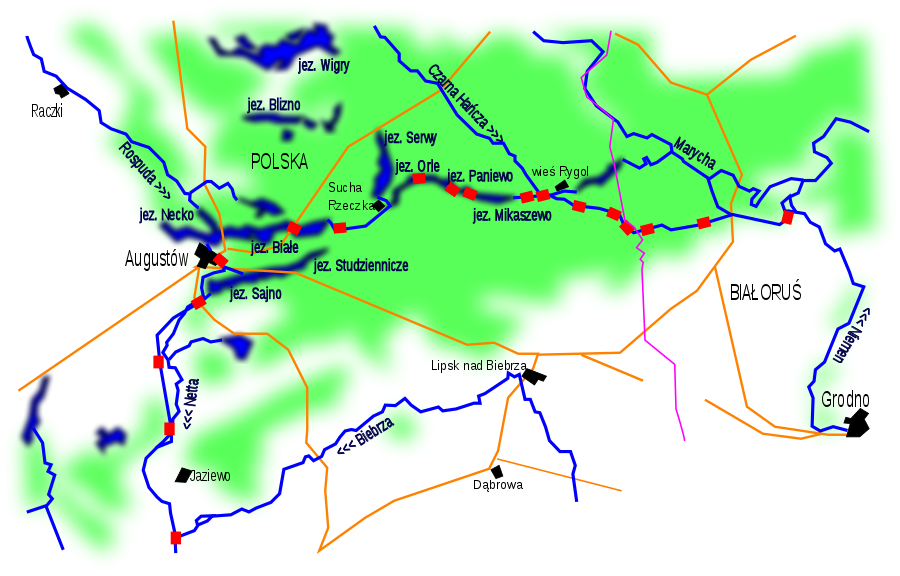
The Wikipedia source
While being in that region it is worth going on a canoeing trip along the canal or taking advantage of the Augustów’s rich tourist offer and go on a catamaran cruise (the longest cruise lasts 9 hours with the destination the town Paniewo, where you may see a 2-chamber lock, the largest on the Polish side), a gondola powered engine or a motor boat. The locks have retained their character from the 19th century to this day. They are manually operated. First, the chamber fills with water. The lock men open the gates with manual jacks. Then they open the massive gate, pushing the long drawbars. This operation is an additional attraction for cruise participants.

Dębowo Lock, the first lock, on the Biebrza River; differences of water levels 2.07m; photo by Paulina Jarkiewicz
The Paniewo Lock - the only one two-chamber lock along the canal with the largest differences of water levels 6.29m. It was built in the years 1826-1828. It connects Krzywe and Paniewo lakes.
The Przewięź Lock - a single-chamber lock, with an average water gradient of 0.86m. It was built in the years 1826-1827. It connects Białe and Studzienniczne lakes.
I used the services of Port Catamaran CKT.
Very professional service, nice lady captain Eva, entertaining the participants of the cruise with stories. There are some parts along a narrow channel in the middle of the Augustów Forest. It's a real chillout: peace caused by the lazy movement of water, aromatherapy (smells of the forest), as well as observation of fauna and flora in the forests and Augustów lakes.
Good advice: take some food with you on a long cruise because on the ship you may buy only snacks and cold drinks. The catamaran cruises are organized from the beginning of May till the end of September and gondolas till the end of August.
If you want to learn more about history of the canal’s construction, you may visit the Museum of the Augustów Canal located in the manor house from the period of the construction of the canal, called "Prądzyński Manor".
After the cruise, I suggest visiting the restaurant in Augustów. I especially recommend the Fisza restaurant (street Rybacka 19), offering tasteful, beautifully served and healthy dishes. However, it should be taken into account that in the season we may have problem with places, so it is worth coming to the restaurant before the cruise or call from the cruise and reserve a table.
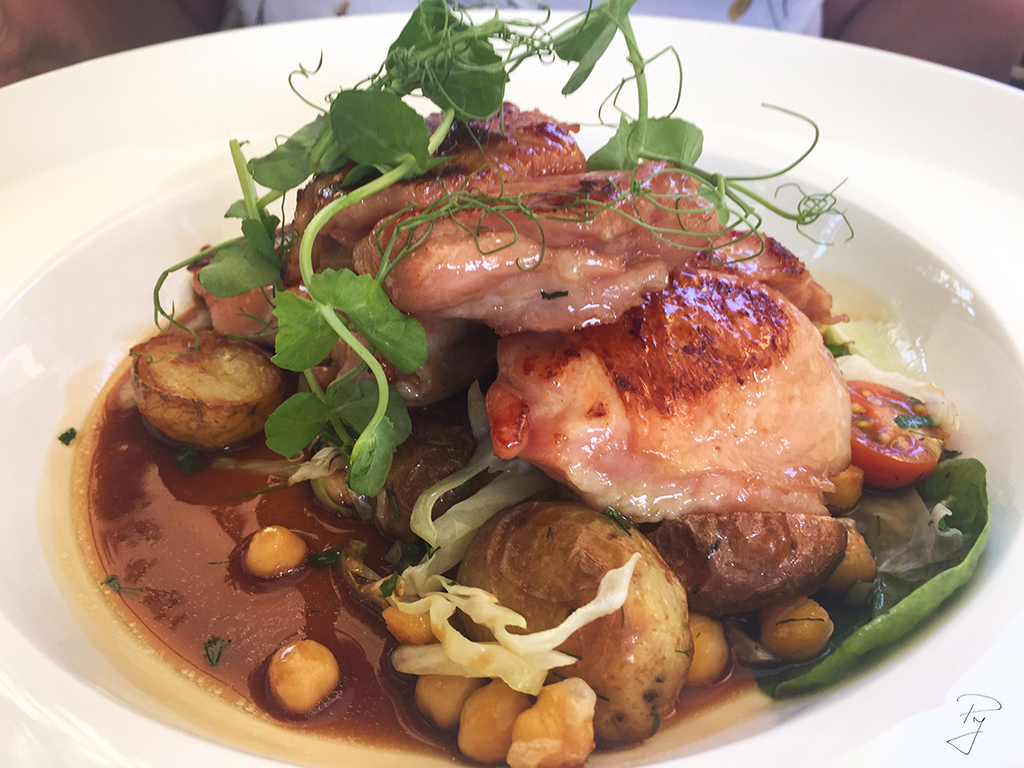
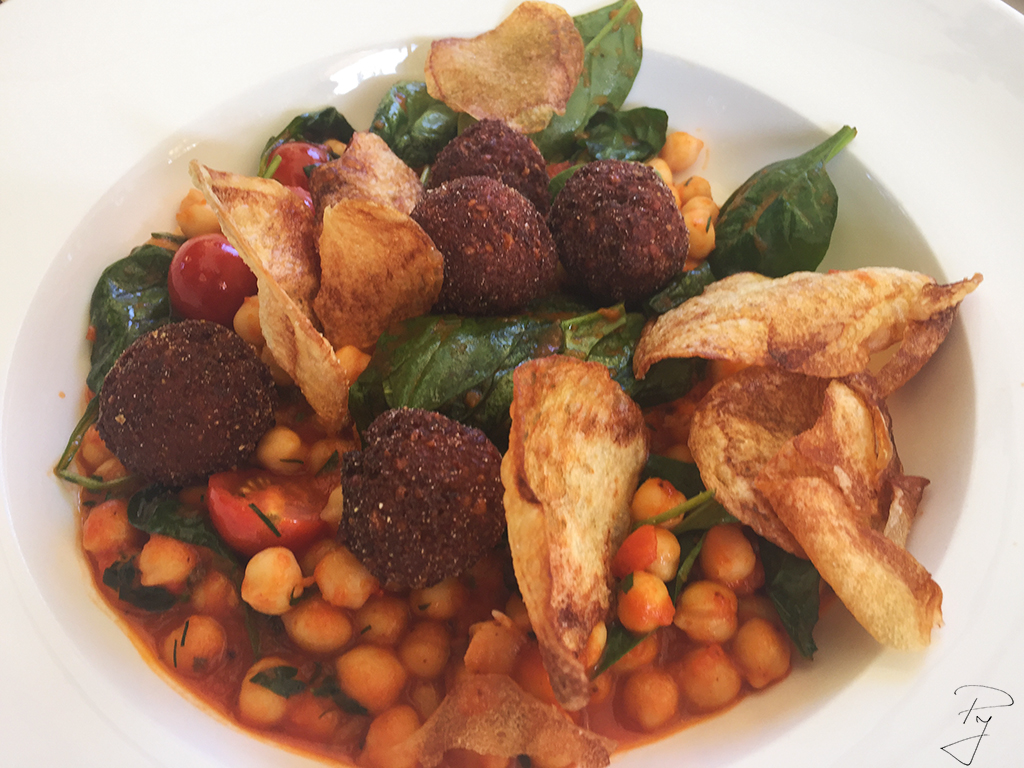
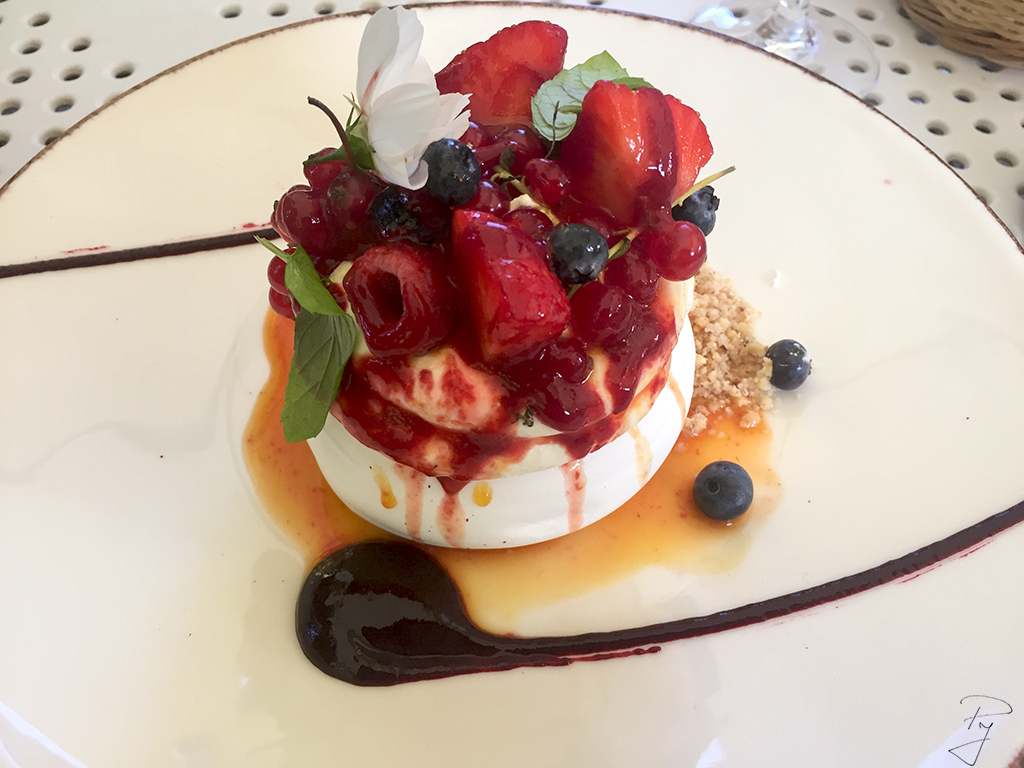
Finally, I invite you to the gallery of photos taken during the Augustow Canal cruise
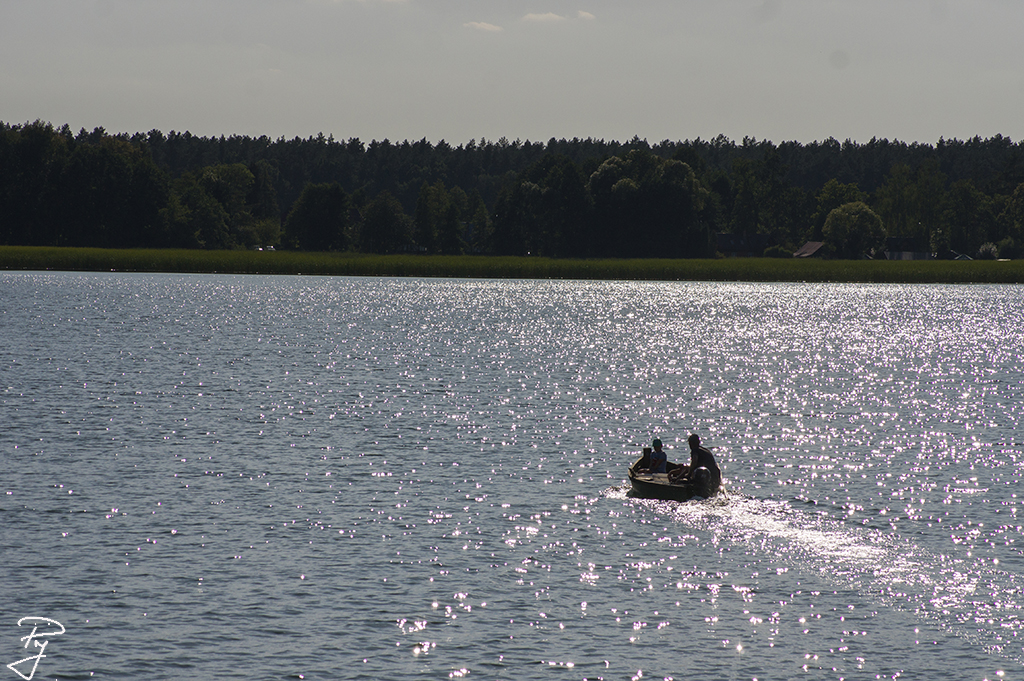
An afternoon view of the Necko Lake; photo by Paulina Jarkiewicz
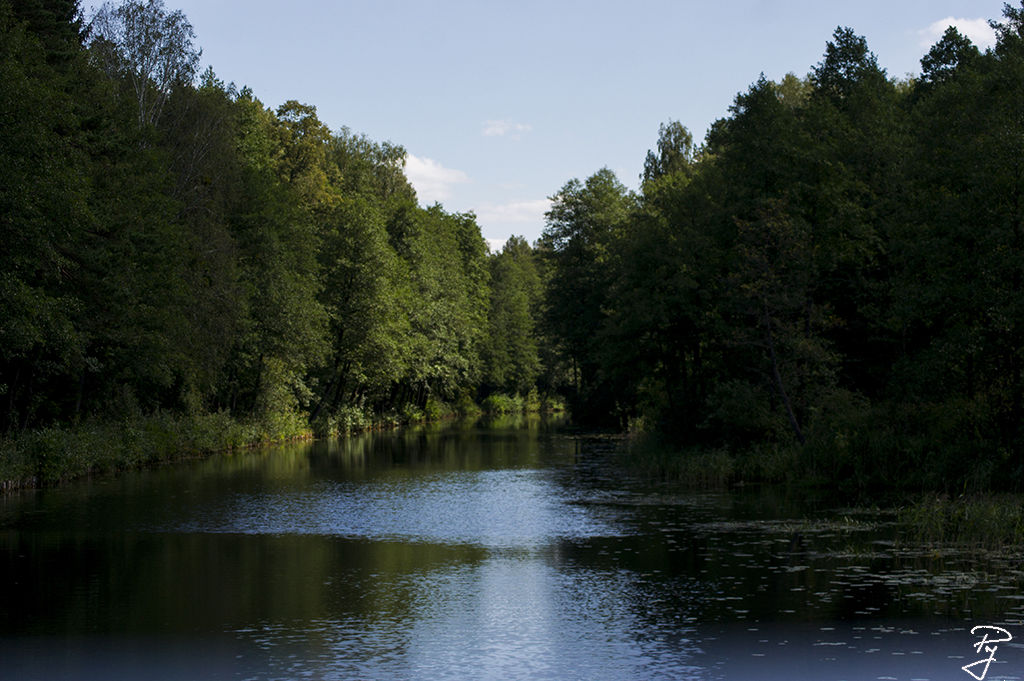
Klonownica River, the shortest river in Poland; photo by Paulina Jarkiewicz
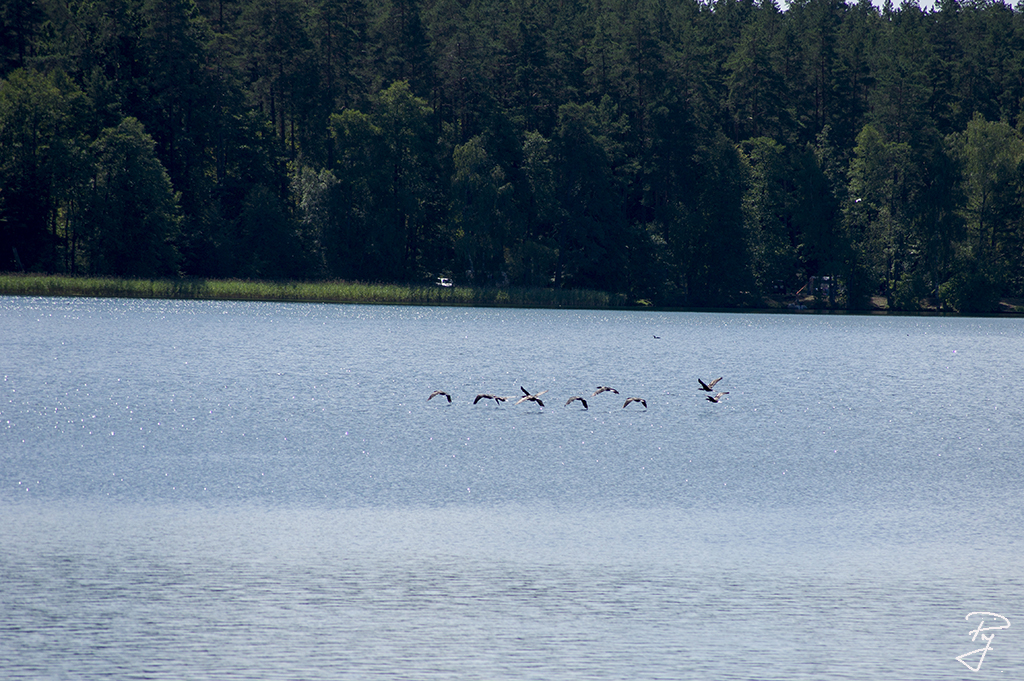
Key of birds, Białe (White) Lake; photo by Paulina Jarkiewicz
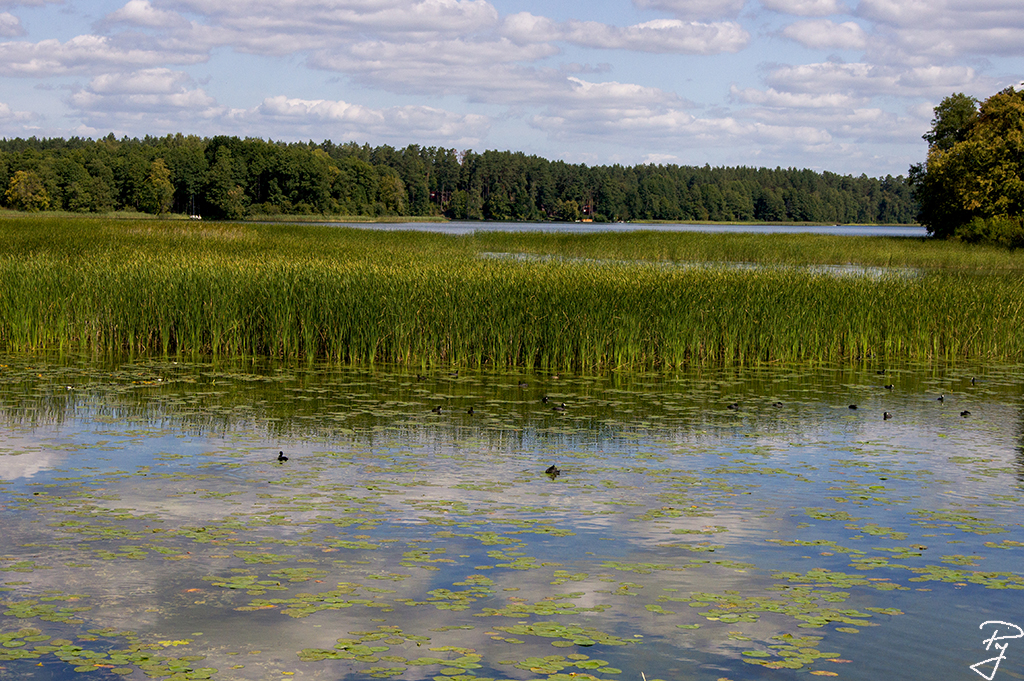
Studzieniczne Lake; photo by Paulina Jarkiewicz
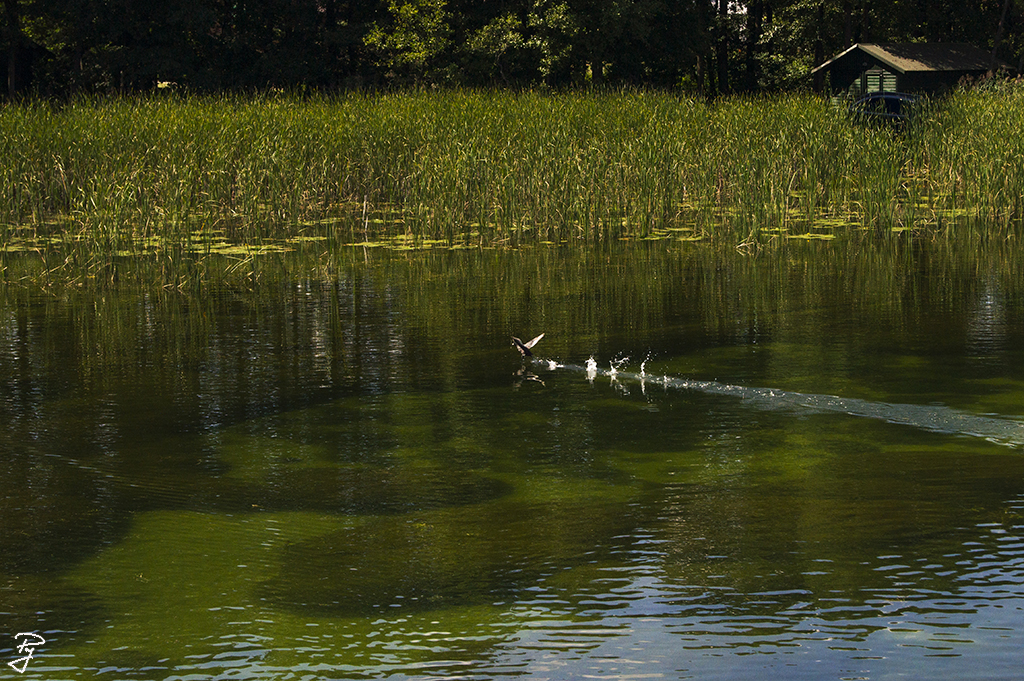
A landing duck, Studzieniczne pond; photo by Paulina Jarkiewicz
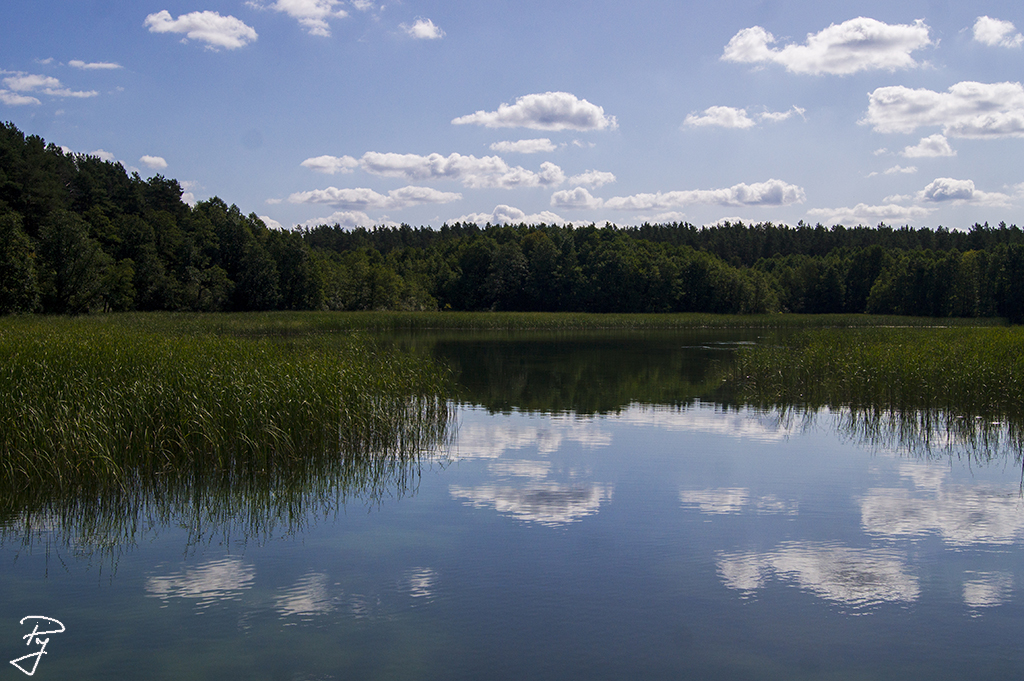
Studzieniczne Lake; photo by Paulina Jarkiewicz
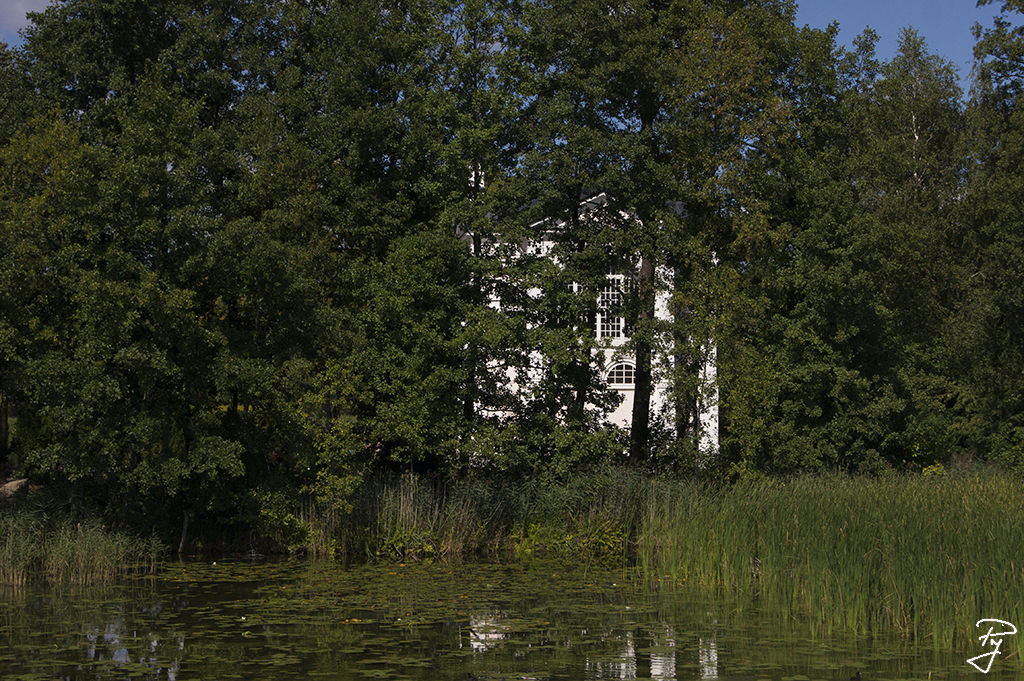
The Sanctuary of Mather of God of Studzieniczna; photo by Paulina Jarkiewicz

Cross and view of the Studzieniczne Lake; photo by Paulina Jarkiewicz

"Periscope" (Grebe), Studzieniczne Lake; photo by Paulina Jarkiewicz

Opening the Swoboda Lock, a view of the Swoboda pond; photo by Paulina Jarkiewicz

The Swoboda Lock, view from the Studzieniczne Lake; photo by Paulina Jarkiewicz

Bubbling water in the Studzieniczna lock filled; photo by Paulina Jarkiewicz
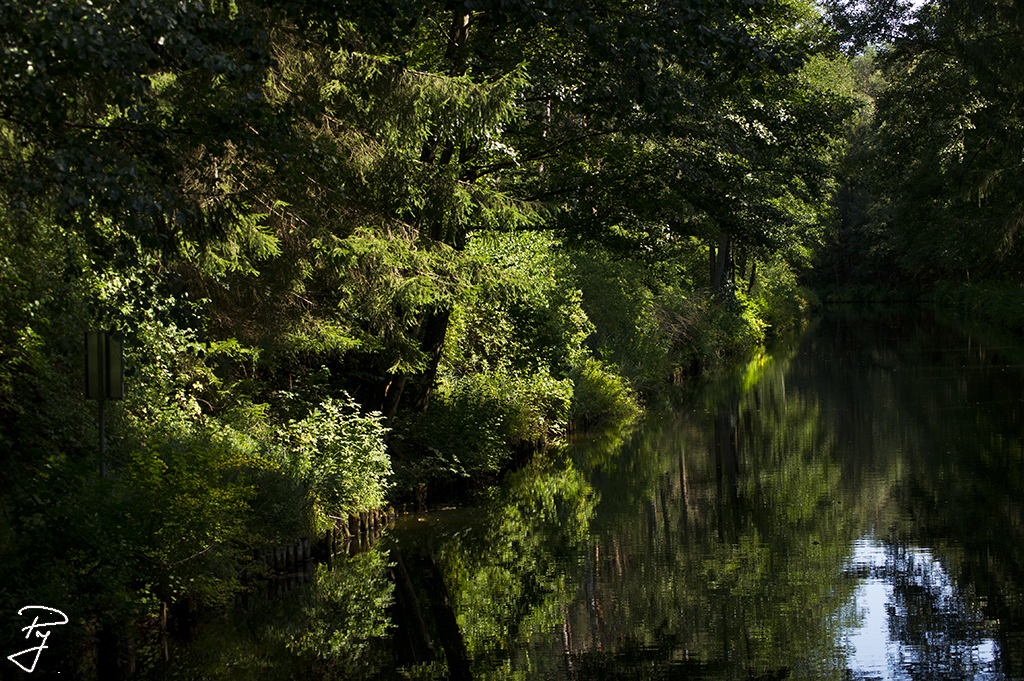
The man-made dyke, part between the Swoboda lock and Gorczyca lock; photo by Paulina Jarkiewicz
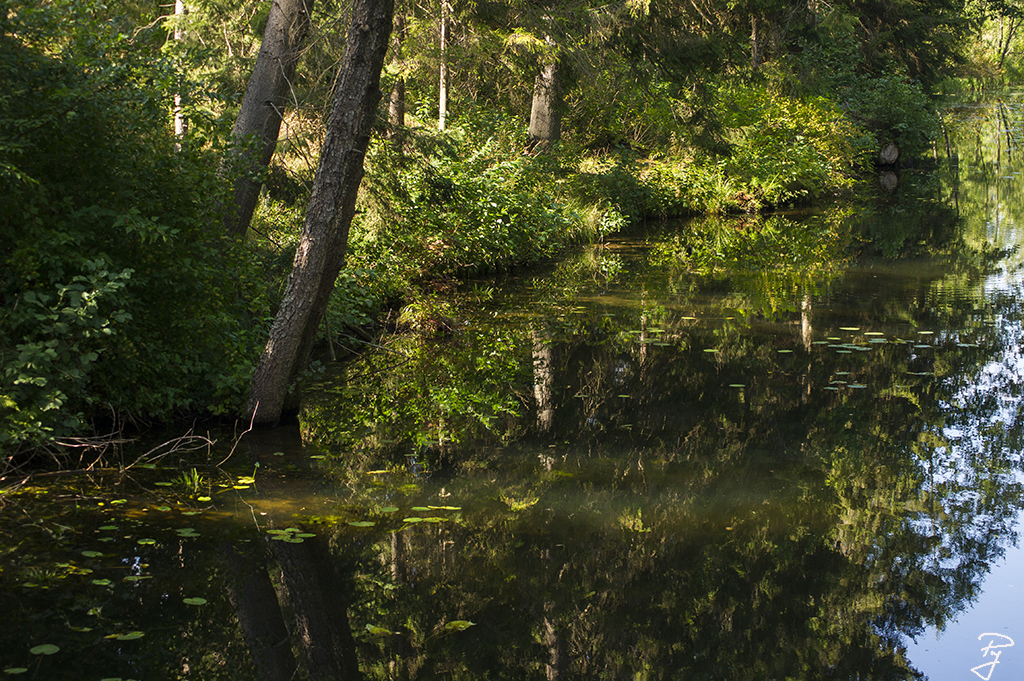
The man-made dyke, part between the Swoboda lock and Gorczyca lock; photo by Paulina Jarkiewicz
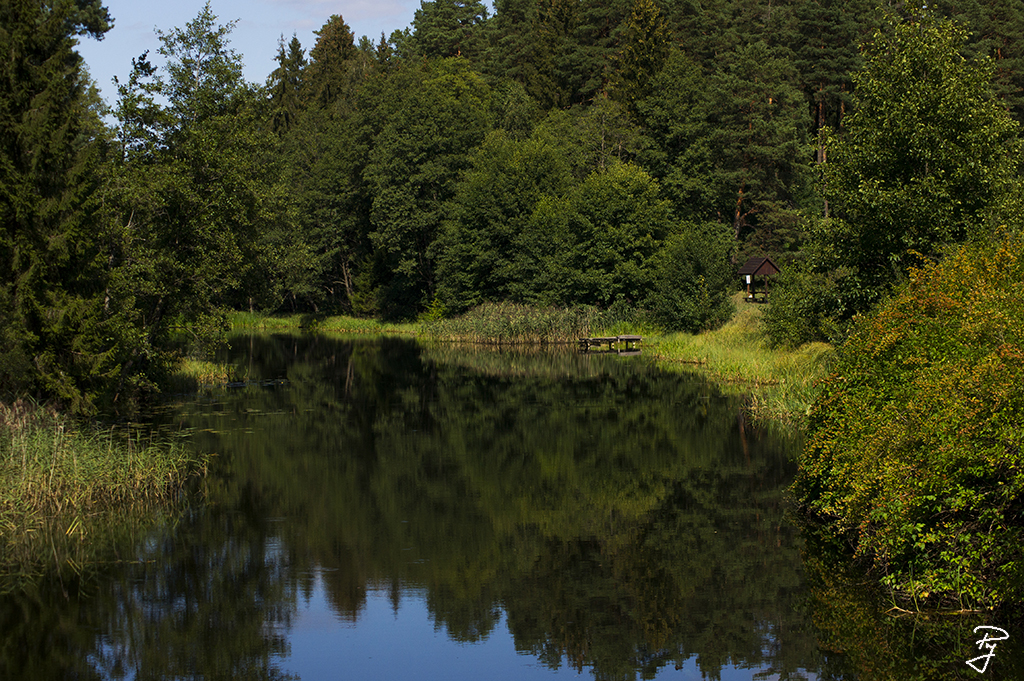
The man-made dyke, part between the Swoboda lock and Gorczyca lock; photo by Paulina Jarkiewicz

A swan lady catching bread, in the background you may see her offspring (person who feed them was not me), the part between the Swoboda lock and the Gorczyca lock; photo by Paulina Jarkiewicz
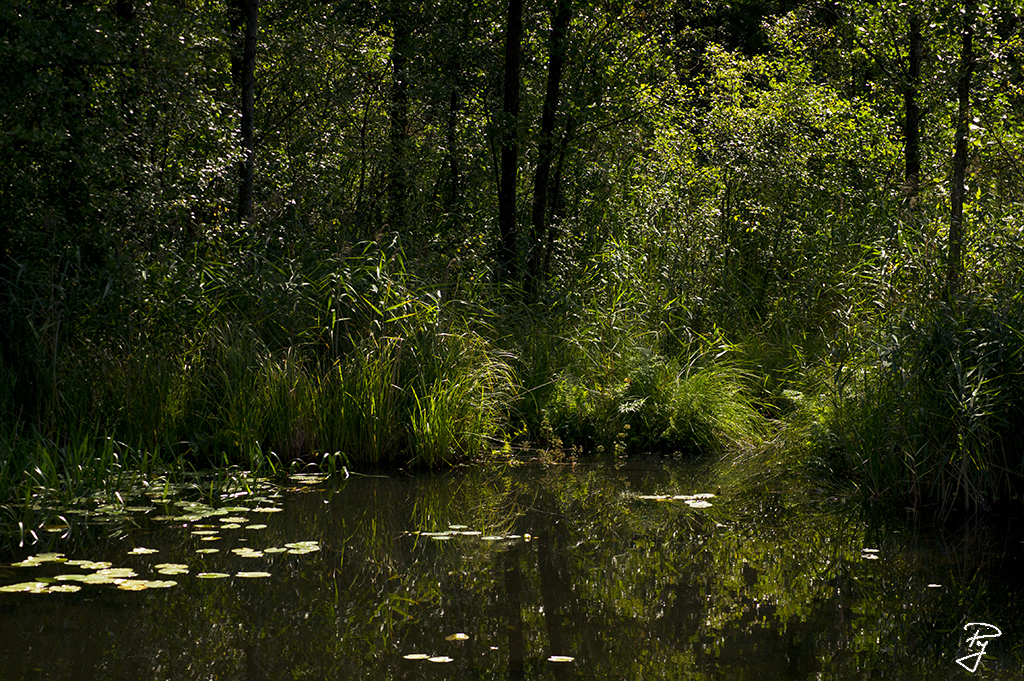
The man-made dyke, part between the Swoboda lock and Gorczyca lock; photo by Paulina Jarkiewicz
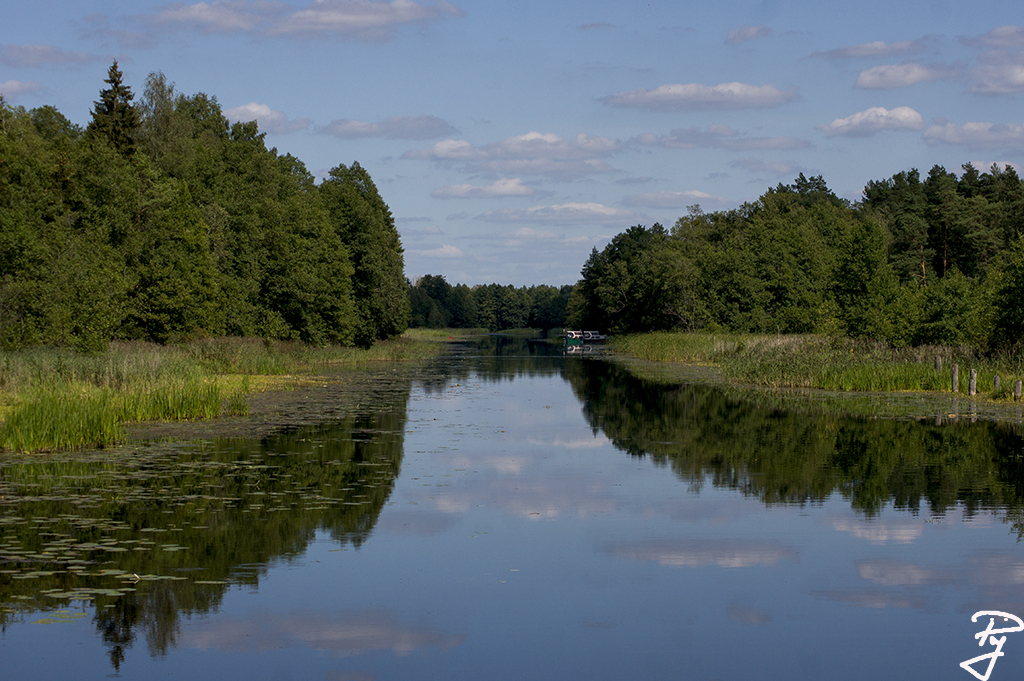
The man-made dyke, part between the Swoboda lock and Gorczyca lock; photo by Paulina Jarkiewicz

A water lily, section between the Swoboda lock and Gorczyca lock; photo by Paulina Jarkiewicz

The Gorczyca Lock; photo by Paulina Jarkiewicz
[1] Duchy of Warsaw, also called Grand Duchy of Warsaw, French Duché or Grand-Duché de Varsovie, Polish Księstwo or Warszawskie (1807–15), independent Polish state created by Napoleon. It became a focal point of efforts to restore the Polish nation, which had been destroyed by the Partitions of Poland made by Russia, Prussia, and Austria in 1772, 1793, and 1795.
[2] - Congress Kingdom of Poland, also called Congress Poland, Polish Królestwo Polskie, Królestwo Kongresowe, or Kongresówka, Polish state created (May 3, 1815) by the Congress of Vienna as part of the political settlement at the end of the Napoleonic Wars. It was ruled by the tsars of Russia until its defeat in World War I.
[3] The November Uprising also known as the Polish–Russian War 1830–31or as the Cadet Revolution, was an armed rebellion in the heartland of partitioned Poland against the Russian Empire.
